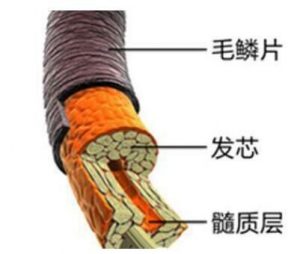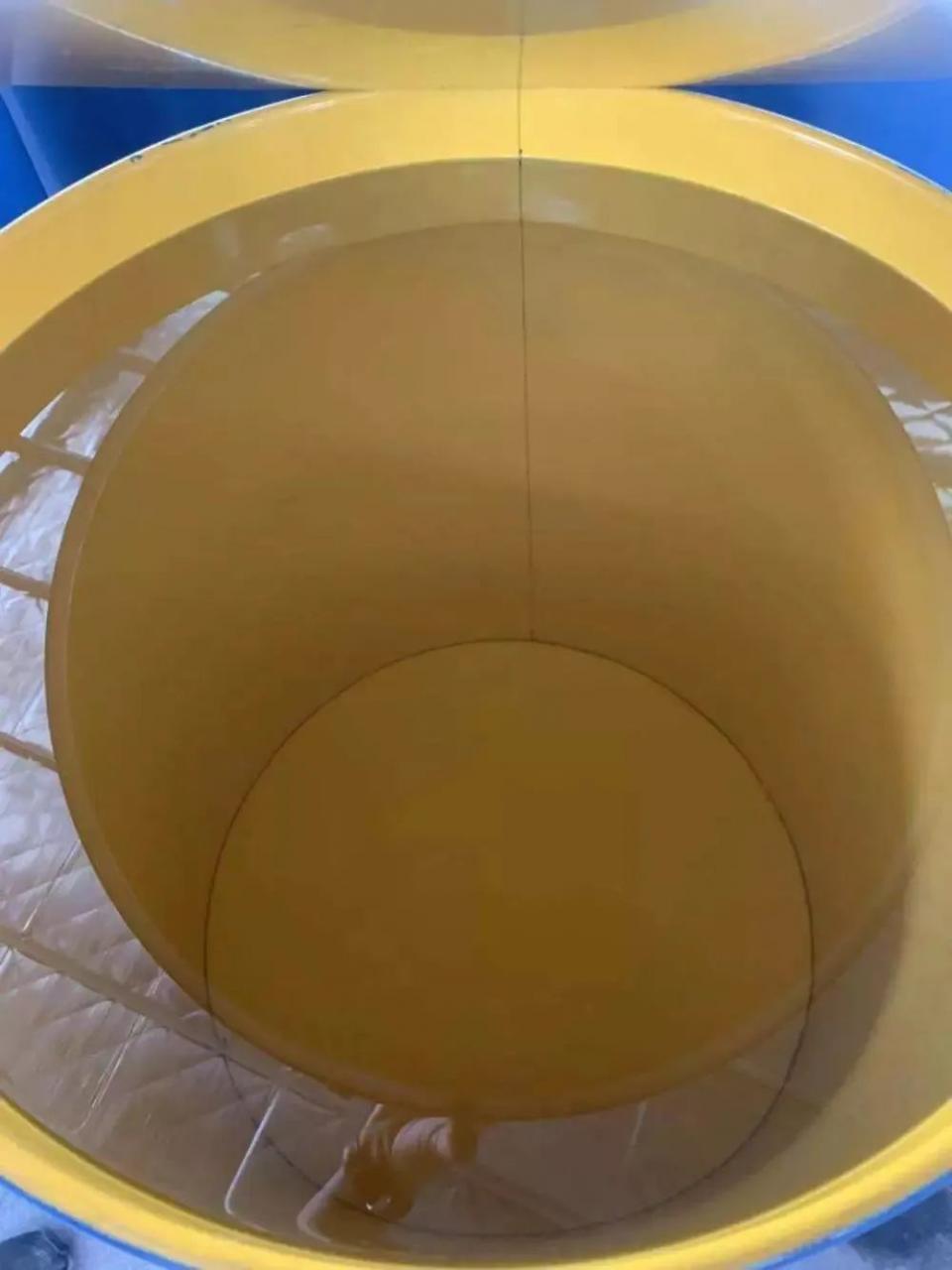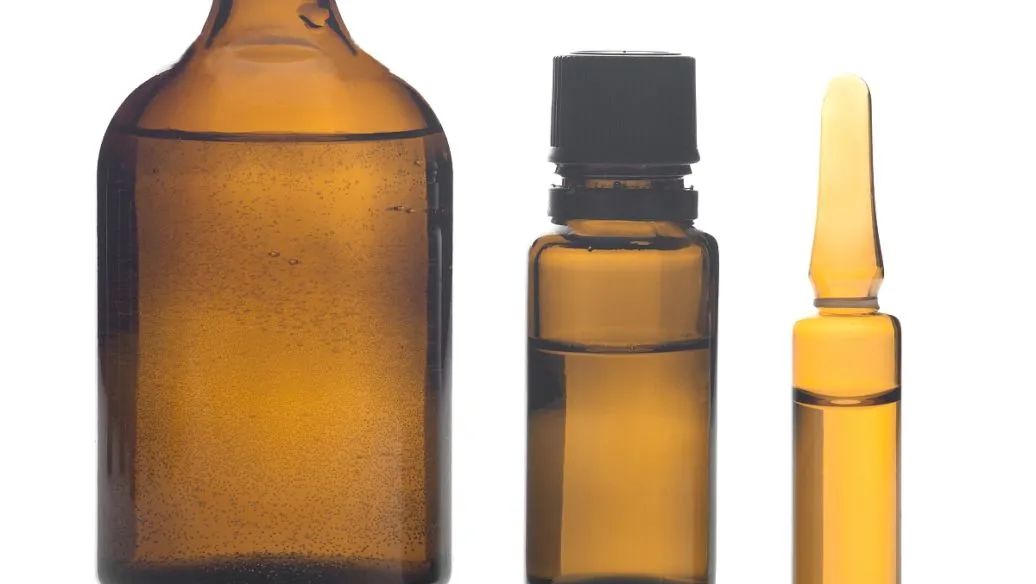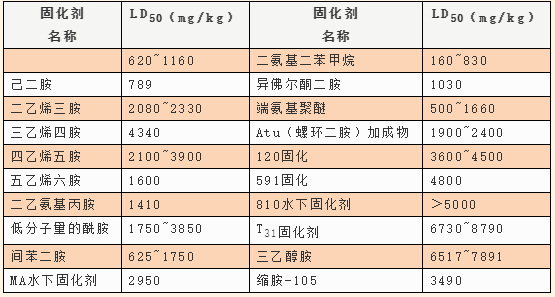Is the adhesive toxic?
Adhesives are generally made of resins, monomers, curing agents and other main materials and diluents, initiators, solvents, antioxidants, accelerators, coupling agents, colorants, fillers and other auxiliary materials and additives, which are used to dissolve, dilute and surface treatment of organic solvents are mostly toxic and volatile organic substances. At the same time, the adhesive in the curing of some will release toxic low molecular substances. In addition, some solid fillers are also toxic. Thus, it can be seen that the general adhesives have more or less will have a certain degree of harm to the human body and the environment. There are many types of adhesives, and different varieties of adhesives have different degrees of toxicity due to the different components they contain.

Epoxy resin adhesive
Main material
Commonly used epoxy resin for E-type epoxy resin, LD50 is 11400mg/kg, basically non-toxic, but the raw material Bisphenol A is suspected to be an environmental hormone substances, if the main material in the free Bisphenol A content is too high will have a certain impact on the environment. The toxicity of alicyclic epoxy resin is also larger, for example, the LD50 of YJ-132(6206) epoxy resin is 2830mg/kg.
In addition, the epoxy resin will escape a trace amount of epichlorohydrin when heated, which will irritate the respiratory tract, skin and eyes, and its LD50 is 1140mg/kg, which is a moderately toxic substance.
Curing agents
Especially amine curing agent is the main source of toxicity of uncured epoxy resin adhesive, had been used for many years of ethylenediamine curing agent volatility, high vapor pressure, the oral cavity, respiratory mucous membranes and lungs have a serious irritation, skin contact will cause allergies, itching, edema, and even produce erythema, ulceration, will be the original amine curing agent modification is to reduce the toxicity or implementation of the non-toxic important way. The LD50 indexes of commonly used amine curing agents are shown in the following table:

Curing agent
From the table, it can be seen that the toxicity of m-phenylenediamine is also very large, mainly causing dermatitis and asthma, and it can not be used in contact with the skin. At present, isophthalic acid is used instead of isophthalic acid, the performance is similar, but the toxicity is greatly reduced, its LD50 is 625 ~ 1750mg/kg.
Diaminodiphenylmethane is also one of the more toxic curing agents, but has not been found to be carcinogenic; phthalic anhydride is an anhydride curing agent for epoxy resins with an LD50 of 800-1600mg/kg, and its dust and vapor are irritating to the eyes, skin, and respiratory tract, resulting in ocular conjunctivitis, hoarseness, coughing, asthma, and other symptoms.
Diluent

From the table it can be seen that m-phenylenediamine is also very toxic, mainly causing dermatitis and asthma, and should not be used in contact with the skin. At present, isophthalic acid is used instead of m-phenylenediamine, the performance is similar, but the toxicity is greatly reduced, and its LD50 is 625-1750mg/kg.
Diaminodiphenylmethane is also one of the more toxic curing agents, but has not been found to be carcinogenic; phthalic anhydride is an anhydride curing agent for epoxy resins with an LD50 of 800-1600mg/kg, and its dust and vapor are irritating to the eyes, skin, and respiratory tract, resulting in ocular conjunctivitis, hoarseness, coughing, asthma and other symptoms.
Filler
Certain fillers in epoxy resin adhesive also have certain toxicity, silica micropowder is inhaled and accumulated to produce silicosis; fine fibers of amphibole asbestos powder with burrs cause respiratory diseases and are designated as carcinogenic; chromates are harmful to lungs and other organs; nano-fillers cause more serious and bizarre damage to the lungs than ordinary harmful dusts.
Phenolic Resin Adhesives

Phenol
Phenol is a white crystal with a melting point of 40-41°C. Its vapor has an aromatic odor and can be decomposed in nature. When the phenol load exceeds the self-purifying ability of nature, it will not only pollute the environment and jeopardize the growth and reproduction of various organisms, but also endanger human health. When the human body is exposed to phenol, it will have a strong corrosive effect on the skin and mucous membranes, and can also inhibit the central nervous system or damage the liver and kidney functions. Aqueous solutions are more readily absorbed through the skin than pure phenol, while emulsions are more readily absorbed. Phenol mostly invades the body in the form of vapor or liquid through the respiratory tract, skin and mucous membranes. When the concentration is low, it can denature proteins, and when the concentration is high, it can precipitate proteins, so it is directly harmful to all kinds of cells, and the lethal dose of human oral intake is 2-15 g. Phenol has strong corrosive effect on skin and mucous membranes, and skin burns are the most common, such as burning caused by hot phenol liquid splashed on the skin and absorption of poisoning. If splashed into the eyes, immediately cause conjunctival and corneal burns, necrosis. Phenol LD50 is 530mg/kg, long-term inhalation of low concentrations of phenol will be vomiting, difficulty in swallowing, increased saliva, diarrhea, tinnitus, delirium and other symptoms.
Formaldehyde
Formaldehyde is a gas with a strong irritating odor that is harmful to the respiratory tract, mucous membranes and skin.

